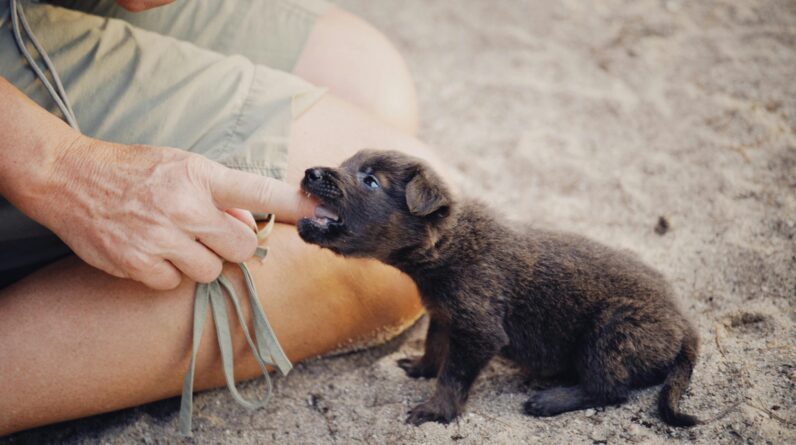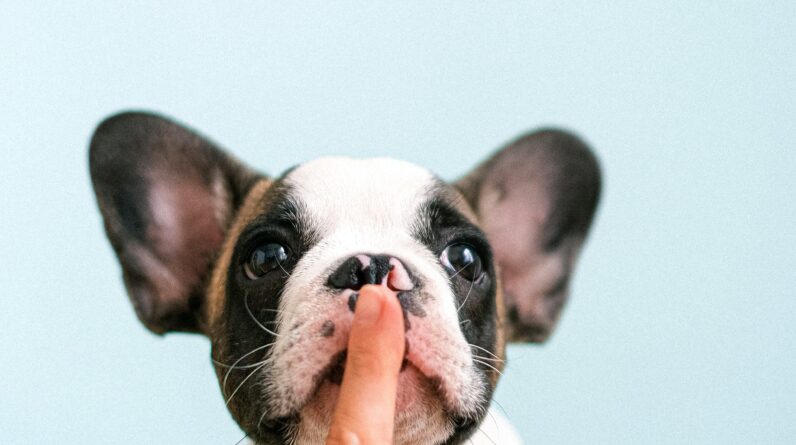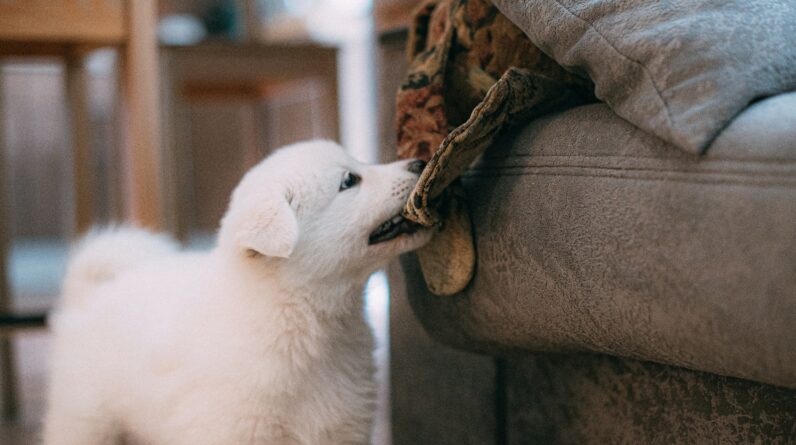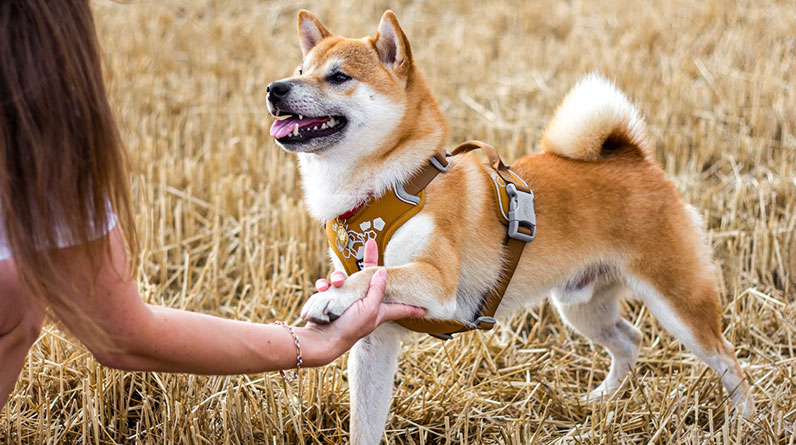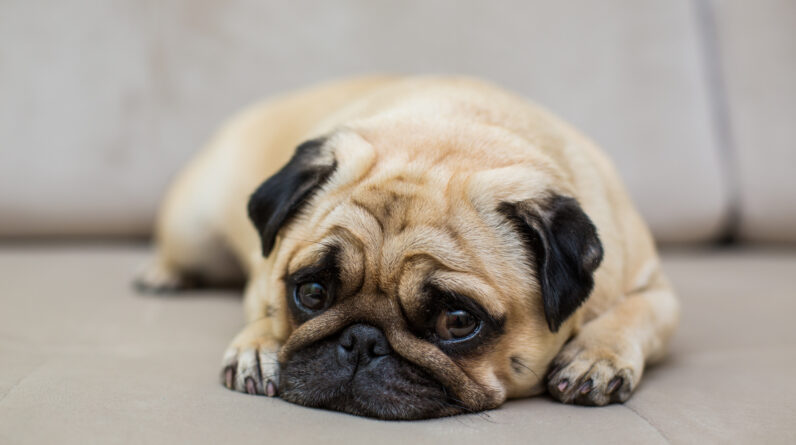
Bringing a furry bundle of joy into your family is an amazing experience, but as responsible pet parents, we must address one critical part of their development—teaching them to be comfortable and confident at home alone. The prospect of leaving your cute pet behind might be frightening, especially if you are concerned about anxiety when leaving them and destructive behavior. You can, however, help your puppy become a self-reliant and well-adjusted canine companion with the appropriate attitude and a little patience. In this post, we’ll go through the actions that you need to take to educate your puppy to stay at home alone, resulting in an enjoyable atmosphere for both of you.
1. Building Trust and Establishing Boundaries:
Before diving into the training process, it’s vital to build a foundation of trust with your puppy. Spend quality time bonding with them and establishing clear boundaries through consistent reinforcement. This lays the groundwork for a secure and confident puppy, making the transition to solo time less challenging.
2. Gradual Introductions to Solitude:
Like humans, puppies thrive on routine. Start by gradually introducing short periods of solitude, gradually increasing the duration as your puppy becomes more comfortable. Create a designated space with their bed, toys, and a comforting item, making it a positive and familiar environment. This gradual exposure to alone time helps them adjust to your absence without feeling anxious or scared.
3. Engage in Pre-Departure Rituals:
Puppies are perceptive creatures, and they quickly pick up on cues indicating your departure. Establish a pre-departure ritual that signifies your upcoming absence, such as picking up your keys or putting on your shoes. By repeatedly performing these actions without leaving, you help desensitize your puppy to these triggers and reduce separation anxiety.
4. Interactive Toys and Puzzles:
Boredom frequently triggers negative conduct. By giving your puppy engaging toys and puzzles, you can keep it cognitively engaged and amused. Kong toys that contain rewards, puzzle feeders, or even toys that contain frozen food can occupy their brains and make the alone time more pleasant and less distressing.
5. Positive Reinforcement:
Positive reinforcement is a powerful training technique that encourages desired behavior. Reward your puppy with treats, praise, or a special toy when they exhibit calm behavior during alone time. This way, they associate being alone with positive experiences, reinforcing their independence and confidence.
6. Practice Absence:
Create opportunities for brief absences during your puppy’s alone training. Step out for a few minutes, gradually increasing the time you’re away. Use a camera or baby monitor to observe their behavior and ensure their safety. If your puppy shows signs of distress, take a step back and shorten the duration until they are ready to progress further.
7. Seek Professional Guidance, if Needed:
Sometimes, despite our best efforts, puppies may struggle with the training process. In such cases, don’t hesitate to seek guidance from a professional dog trainer or behaviorist. They can provide expert advice tailored to your puppy’s specific needs, ensuring a successful outcome.
Conclusion:
The path of teaching your dog to stay at home alone takes time, commitment, and patience. You can train your furry buddy to be a confident and satisfied companion even without you by gradually introducing isolation, offering mental stimulation, and rewarding good behavior. Keep in mind that every puppy is different, so be flexible and modify your training techniques as necessary. Your puppy will feel safe even when you are not home if you put out regular effort and show your dog affection.

